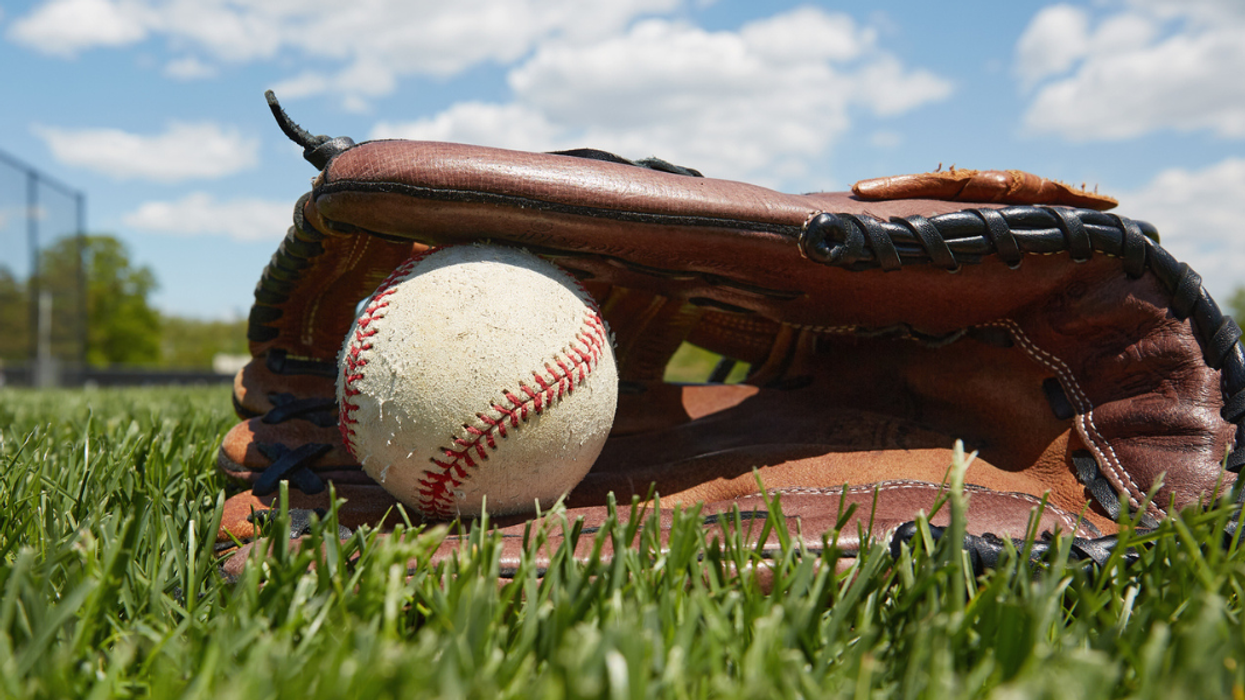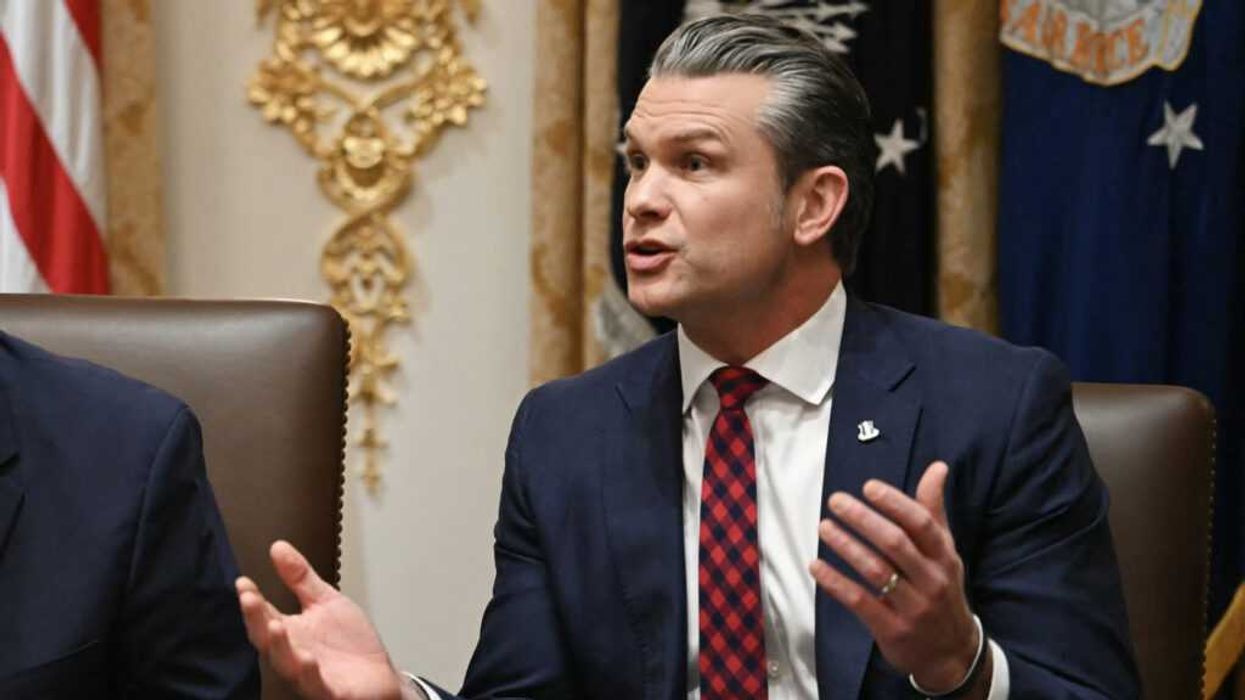Savenor serves as the Executive Director of Civic Spirit that provides training in civic education to faith based day schools.
Framing America’s longstanding love affair with baseball, Rabbi Solomon Schechter once asserted: “In order to be a success in the American rabbinate, you must be able to talk baseball.” While these words from the head of the Jewish Theological Seminar a century ago may be apocryphal, their impact is unequivocal. By the twentieth century baseball had become an integral part of Americana. Baseball metaphors pervade our speech today and a simple game of catch between father and son still represents the quintessential moment of familial bonding.
A century later, however, baseball is no longer America’s pastime, as reflected by a significant drop in ratings. And despite several attempts at rule changes – including larger bases introduced during Spring Training - to lure fans back, it is clear that baseball has lost its luster.
Football is our new pastime. In addition to incredible ratings and the popularity of Madden video games, perhaps the greatest indicator of the NFL’s dominance in American culture is the Super Bowl. At a time when content has become “tribal,” Super Bowl Sunday has almost reached civic holiday status. The game itself is the most watched TV program during the year.
To evaluate whether this change of pastimes sends any deeper messages about our times, a look at both sports is warranted. During a baseball game teams try to score the most runs, but opposing sides occupy the same space, run the same basepath, and even agree on what constitutes the final destination, home plate. The fact that runs are scored at “home” speaks to the deeply personal connection fans feel towards their team. This may explain why some fans felt betrayed when the sport instead acts blatantly as a business, and when MLB franchises move, like when the Brooklyn Dodgers relocated in a heartbeat to Los Angeles.
In football, players compete on the same field, but to win they need to reach the other side. Endzones are different for each team and as literally far away as possible. Moreover, NFL players do everything in their power to prevent the competition from getting to the other side. While baseball is played without a clock, our new pastime is intensified by its fixed timeframe, thereby making clock management a valued skill by coaches and players alike.
One can argue that the shift from baseball to football sheds light on something more important than our pastime preferences, namely how contemporary society approaches competition itself. Neither competition nor football is inherently negative. Regarding the former, Robert Kennedy once said that "the lessons of competition are lessons for life." Competition pushes us to learn to reach our potential and provides us with the opportunity to discover how to win with grace and lose with dignity. And team experiences provide players, especially students, with the chance to achieve excellence in a particular area.
But what happens when our only interaction with “the other” is through competition? Do we have a shared sense of home, or do we solely focus on tackling and sacking the opposition?
A recent incident in Miami illustrates the challenges associated with this no-holds-barred approach to competition. Instead of shaking hands at the end of their championship game, the students from Scheck Hillel Community School and Archbishop Carroll Coleman High School began to brawl. According to news reports, this incident began with Antisemitic and hated-filled curses.
This melee in Miami generated news headlines because this behavior goes against our shared aspirations of sportsmanship, and even worse, signifies a symptom of a growing national problem. In our nation of immigrants, distrust of the other frequently frames our interactions in our country. While team sports are supposed to build character and community, there are similar stories of verbal taunts and some punches thrown at schools from Los Angeles, California, to Franklin, Massachusetts.
With so much of our attention focused on what is being taught in the classroom, it behooves us to notice what is going on outside. How often do children get together with those who are different from themselves? Where do students engage with new peers?
Students are most likely to meet peers different from themselves on a sports field, in a debate tournament, at Model UN and a Science Fair. All of these activities contribute greatly to our children’s development, and yet, the one common thread is competition.
When one doesn’t know the people on the other side of the field whether it be in Miami or Anytown USA, it is unfortunately too easy to classify an opponent myopically as merely a member of another religion, race, ethnicity, gender, socioeconomic background, etc. The problem is that when we only meet others to compete, our pastimes can become clash times.
I recently started working for Civic Spirit, an organization that provides training in civic education to faith based schools. In addition to professional development and leadership training, we create opportunities for Jewish, Catholic, Christian, and Muslim teachers and students to meet and work together. While dialogue across differences is an important first step, real change takes place when we collaborate in an ongoing manner.
What amazes me most about the field of civic education is the amount of collaboration taking place. This year’s Civic Learning Week consisted of offerings from an array of organizations with diverse missions and overlapping goals. The spirit of the week is that all of us are needed to enhance civic education, despite differences in approach and overlapping needs.
Thinking about the clash between the students in Miami, I am reminded of the words of Rabbi Lord Jonathan Sacks: “We encounter God in the face of a stranger. That, I believe, is the Hebrew Bible’s single greatest and most counterintuitive contribution to ethics. God creates difference; therefore it is in one-who-is-different that we meet God.” This sensibility is not intended to reduce our competitive spirit; rather foster generosity of spirit towards those on the other side of the field.
While our pastimes change over time, our commitment to community and country must be given every chance to stand the test of time. When we give the next generation the opportunity to work together rather than against one another, we all win the day.




















